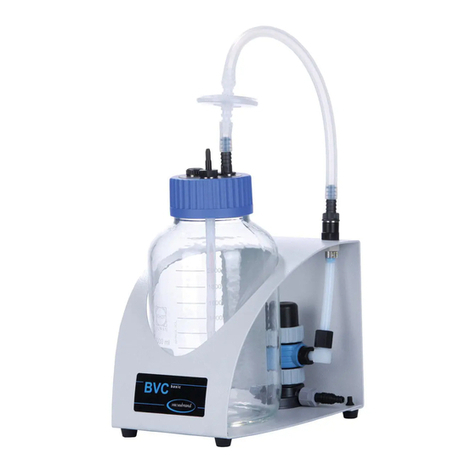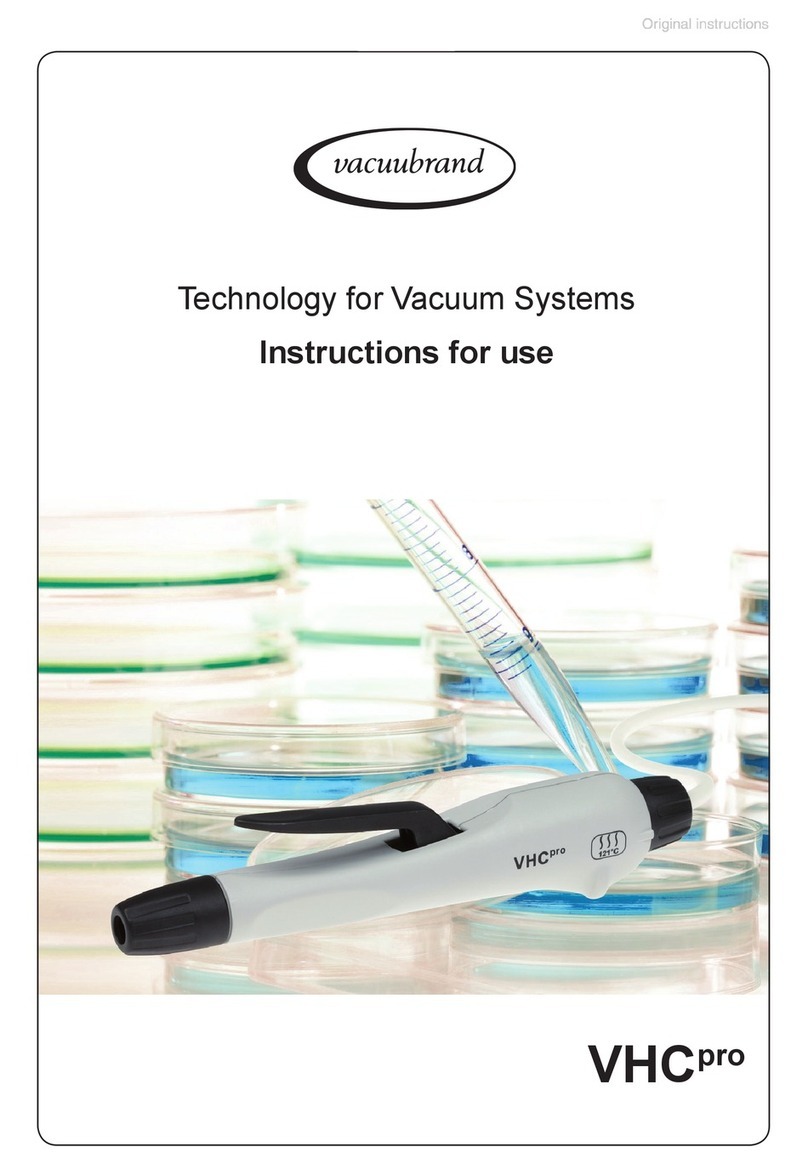
Contents
Part I................................................................. 1
Reset / Language selection ............................................. 3
Safety information!............................................................. 6
Important information! ......................................................................... 6
General information............................................................................. 8
Intended use........................................................................................ 8
Setting up and installing the equipment .............................................. 9
Ambient conditions.............................................................................11
Operating conditions ......................................................................... 12
Safety during operation ..................................................................... 13
Maintenance and repair..................................................................... 17
Technical data................................................................... 19
Gas inlet temperatures..................................................................... 20
Wetted parts..................................................................................... 22
Abbreviations.................................................................................... 23
Pump parts....................................................................................... 23
Use and operation ............................................................ 28
Installing a pump in a vacuum system .............................................. 28
During operation................................................................................ 34
Important notes regarding the use of gas ballast .............................. 36
Important notes concerning the operation of the
exhaust waste vapor condenser ....................................................... 37
Shutdown & storage.......................................................................... 39
Vacuum controller CVC 3000 ............................................................ 40
Menu guide........................................................................ 45
Pump down function........................................................ 47
Vac Control function ........................................................ 49
Program function.............................................................. 52
Application example ......................................................................... 54
VACUULAN function ........................................................ 55
Application examples....................................................... 57
Vacuum for ltration and suction ...................................................... 57
Vacuum for gel dryer,
drying chambers and vacuum concentrators ................................... 58
Vacuum for distillation and evaporation (e.g., rotary evaporator) 58
Vacuum for VACUU•LAN networks .................................................. 59









































